To kick off Saint Patrick's weekend, Guinness invited Scottish DJ Barry Can't Swim to play an early morning party in the Gravity Bar.
Overseeing a 360-degree sunrise view of Dublin, the 7am rave was the ideal way to kick off celebrations, with plenty of dancing and alcohol-free pints doing the rounds.
The sober session was part of the brand's initiative to help put moderation at the heart of festivities this weekend.
Following the gig, we sat down with archivist Eibhlin Colgan to find out more about the history of the brand, the colour Saint Patrick was actually famous for, and why the Storehouse is set to host a giant snake.
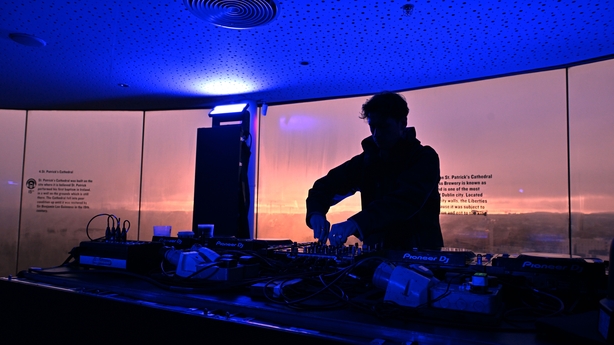
Having worked in the archive for almost 24 years, Colgan has an in-depth knowledge of the brand's long and storied history, which dates back to 1759.
"The collection is growing and growing," she says. "My estimation is that if I was to pull out all my files and my ledgers, and stack them end to end, it would stretch for about seven kilometres - and that doesn't count all our digital materials."
A fountain of knowledge, Colgan could write a book on all she knows of the founding family and their ties to the Dublin community, but for the time being she has shared these four fascinating facts in the run up to March 17.
1. John Gilroy's iconic artwork
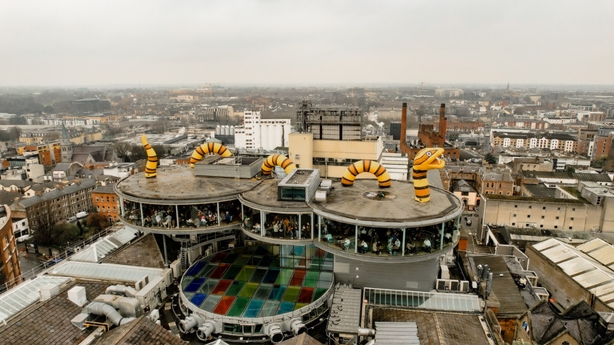
In the early 1930s, English artist John Gilroy illustrated several now-iconic advertisements featuring an arrangement of zoo animals. Toucans, ostriches, sea lions, and pelicans quickly became synonymous with the brand thanks to his collection of eye-catching posters.
Gilroy was the brand's resident artist and, as such, left behind a number of charcoal sketches and drafts of water colours that never came to be.
"We hold a really unique collection of his artwork," says Eibhlin. "You can see his creative thinking and how he was plotting out all of the different posters."
Unfortunately, a number of these illustration never came to fruition, including a design of a snake that remained incomplete and hidden away in the archives until this year.
This bank holiday weekend, the previously unreleased illustration has inspired a giant snake that will sit atop the Gravity Bar.
Six metres tall, made with 150m of fabric, the enemy of St Patrick will tower over the city.
2. St. Patrick's Day Parade
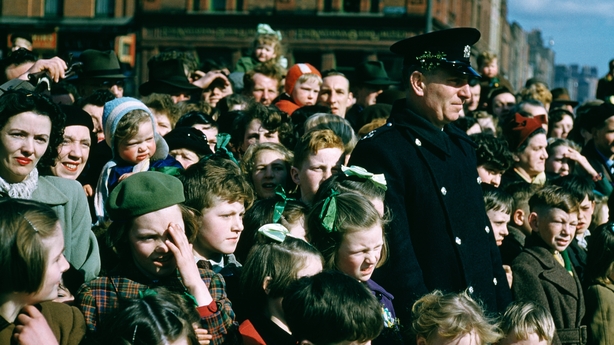
According to Aoife Ryan-Christensen, the celebrations of Lá Fhéile Pádraig originally date back more than 400 years to a Spanish colony in modern-day Florida. Seemingly, it was the Irish diaspora that first marched in honour of the man credited with bringing Christianity to Ireland.
At home, the first St Patrick's Day parade didn't take place until 1903, and the first state-sponsored parade didn't take place until 1931.
According to Eibhlin, it was in the early 1950s that Guinness began to take part in these "industrial parades", with large floats inspired by their most popular advertisements driving down O'Connell Street.
She describes a particularly memorable float as being inspired by an ad from the 1970s called 'The Island', in which flat-capped Currach rowers deliver a barrel of porter to the Aran islands.
"We had a float with a thatched cottage going through the streets of Dublin at one stage," she laughs. "Very much part and parcel with the parade as one of the biggest industries in the city."
3. St Patrick wore blue
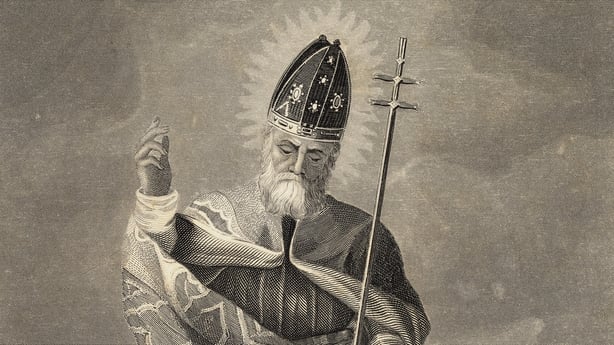
Although images of Saint Patrick may conjure up thoughts of green shamrock leaves and gold, snake-banishing staffs, it is believed that the British-born saint actually wore blue - so say the artists of the time.
"The first images that were created back in the Middle Ages actually feature him wearing blue," Eibhlin explains. "It's not really until the late 19th century that Saint Patrick starts being associated with green, which would have been part of the national movement in Ireland, from the late 1700s onwards.
"Blue would have been very much associated with Saint Patrick," she concludes. "It's only in the last few hundred years that he became much more associated with green."

To encourage the public to enjoy the weekend's festivities in moderation, the Dublin company has painted their famous gates blue to celebrate both Saint Patrick and their non-alcoholic offerings.
According to Eibhlin, 100 years ago, Dubliners would have seen messenger's carts painted in a deep navy blue with a bright gold harp carting telegrams around the city.
While black has long been the branding colour for the Irish stout, blue – now the colour of 0.0 - was the corporate colour for many years.
"Our gates were also painted blue, and it wasn't until 1988 - very recently - that our front gate on James' street actually turned from blue to black."
4. The history of the harp
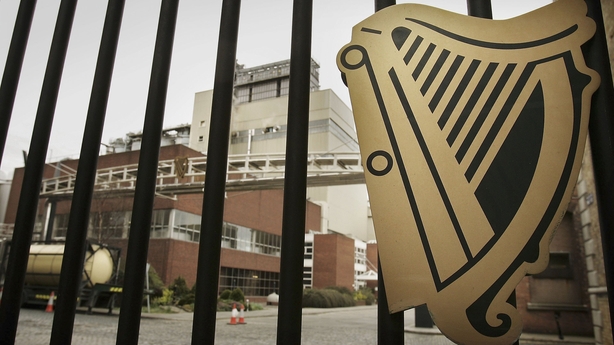
Believe it or not, prior to 1862, the Irish stout had no official branding. It was only when the family-run business began exporting further afield that they began the hunt for a signature look that could be identified around the globe.
The family chose the Brian Boru harp - an instrument that is still preserved in Trinity College today - as their label.
"They chose the harp because, back in the 1800s, Ireland was perceived as being linked to our culture and to music. The harp would have been a key symbol of great Irish culture."
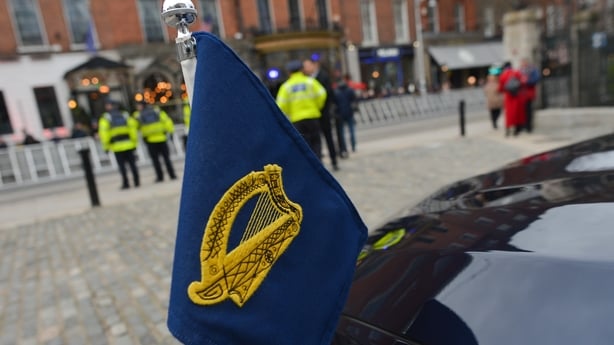
In 1987, the company decided to trademark the symbol. A wise decision as just 50 years later, the harp would become highly sought after.
"When the Irish free state was born in 1922, the Irish government wanted to use the harp as a symbol for our nation. Because Guinness had trademarked it, the Irish government had to turn their harp the other way around."
You learn something new every day.

